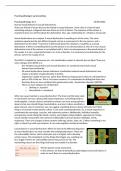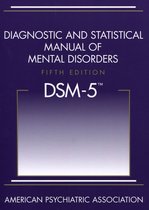Class notes
Complete lecture notes Psychopathology: symptoms, classfication and diagnosis
- Course
- Institution
- Book
This document contains notes from all the lectures given during the course and I added notes from the DSM-5. It is a very extensive and complete summary. The grade i received using this summary is an 8.
[Show more]




